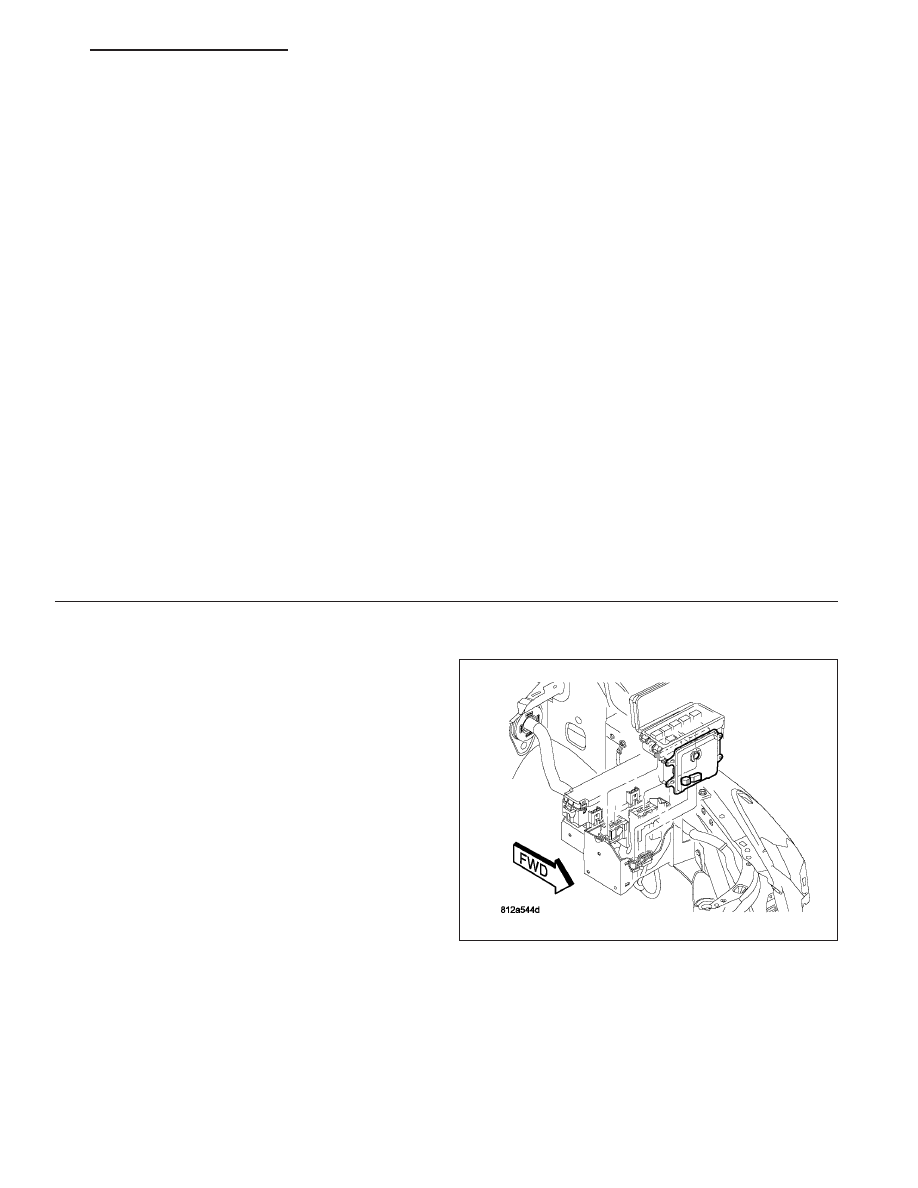Dodge Durango (HB). Manual - part 244

BODY VERIFICATION TEST – VER 1
Diagnostic Test
1.
Perform Body Verification Test
Disconnect all jumper wires and reconnect all previously disconnected components and connectors.
Ensure that all accessories are turned off.
Ensure that the battery is fully charged.
Turn the ignition on.
With the scan tool, record and erase DTCs from all modules.
If an electronic control module was replaced, select the applicable module from the scan tool menu and press “Misc.
Functions”. If the module has programable features, program as necessary.
If repairs were made to any of the HVAC door actuator circuits, with the scan tool in HVAC, select System Tests and
then select Actuator DTC Detection. The test must pass before proceeding to the next step.
If repairs were made to any of the HVAC doors, linkage, door actuators, or door actuator circuits, with the scan tool
in HVAC, select System Tests and then select Actuator Calibration Test. The test must pass before proceeding to
the next step.
Turn the ignition off, wait 10 seconds, and then turn the ignition on.
Operate all functions of the system that caused the original concern.
With the scan tool, select ECU View.
Check for DTCs in the modules.
Are DTCs present in any of the modules or is the original condition still present?
Yes
>> The repair is not complete. Refer to the related category for the DTC or symptom that is still present.
No
>> The repair is complete.
REMOVAL
1. Disconnect the positive and negative battery cables
from the battery.
2. Partially remove the Integrated Power Module
(IPM) from the engine compartment.
3. Remove the front control module retaining screws.
4. Pull the front control module straight from the IPM.
HB
ELECTRONIC CONTROL MODULES - SERVICE INFORMATION
8E - 197